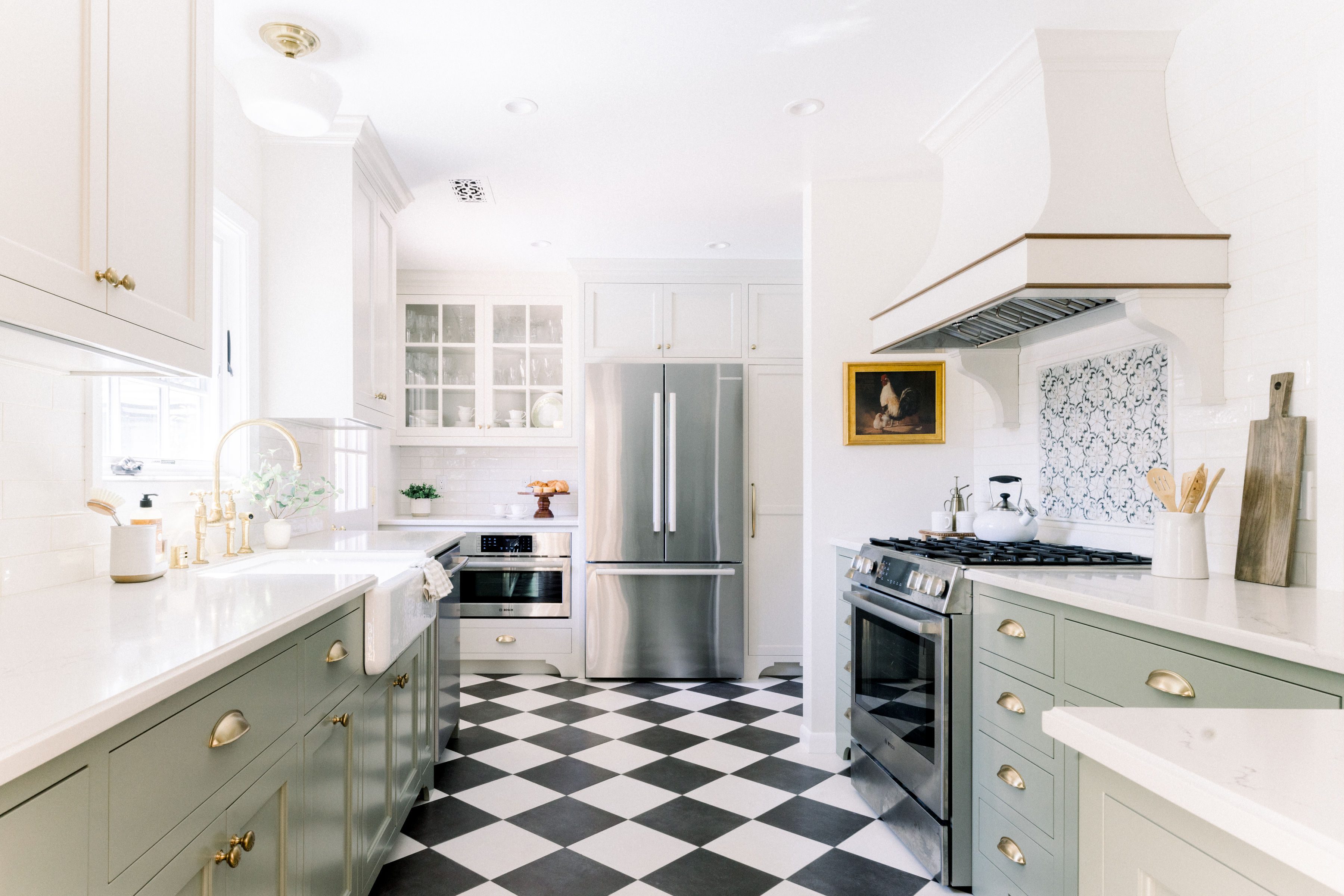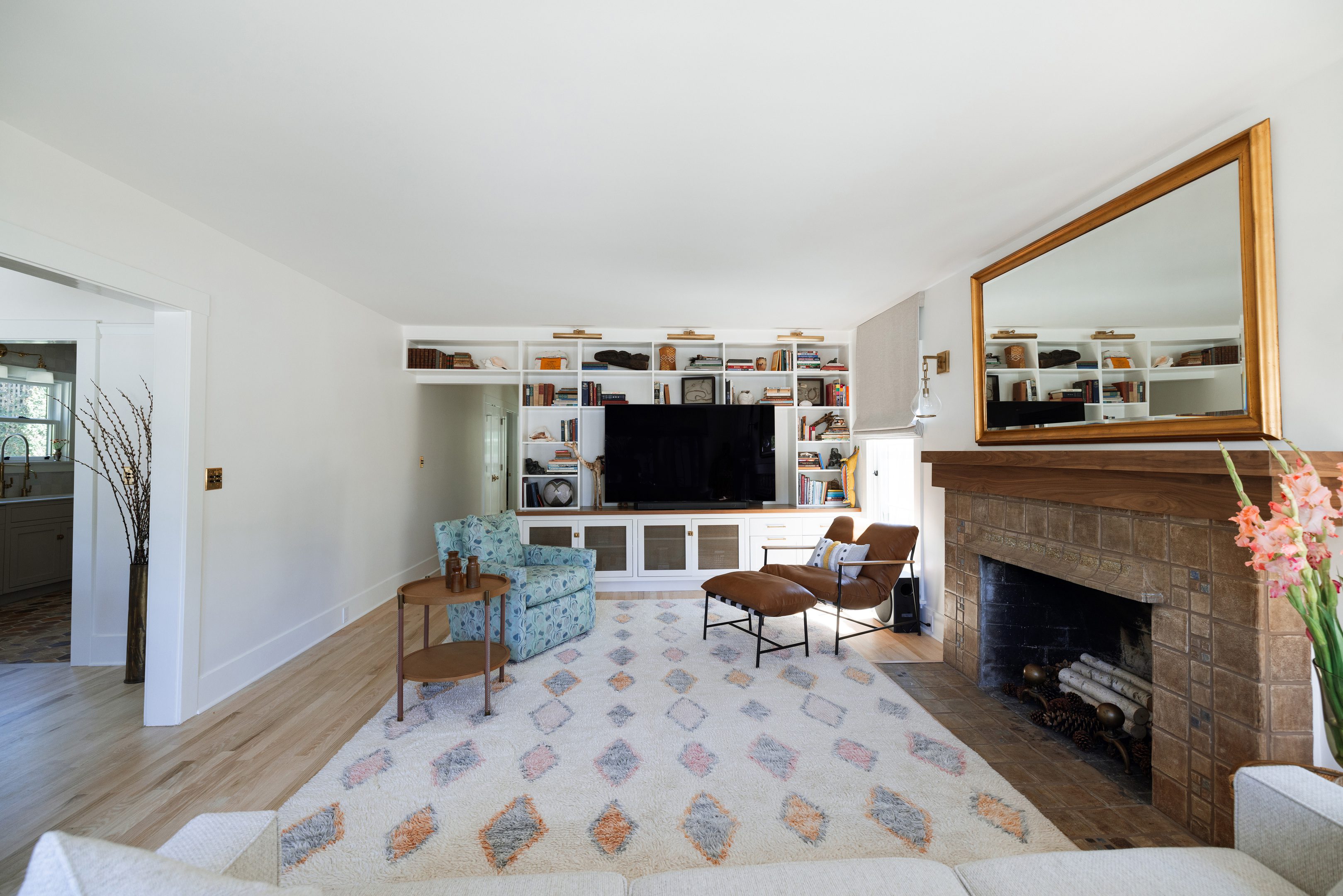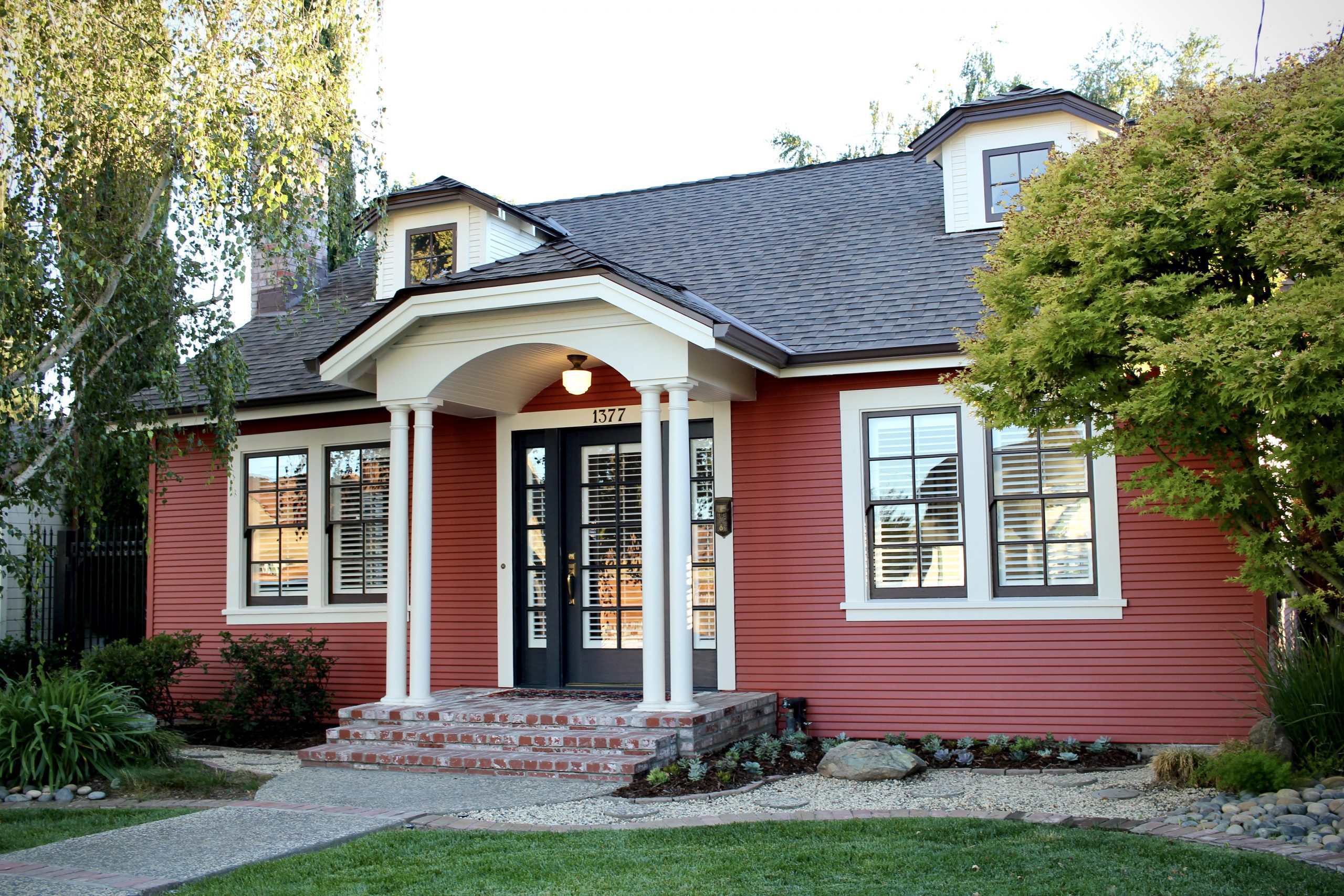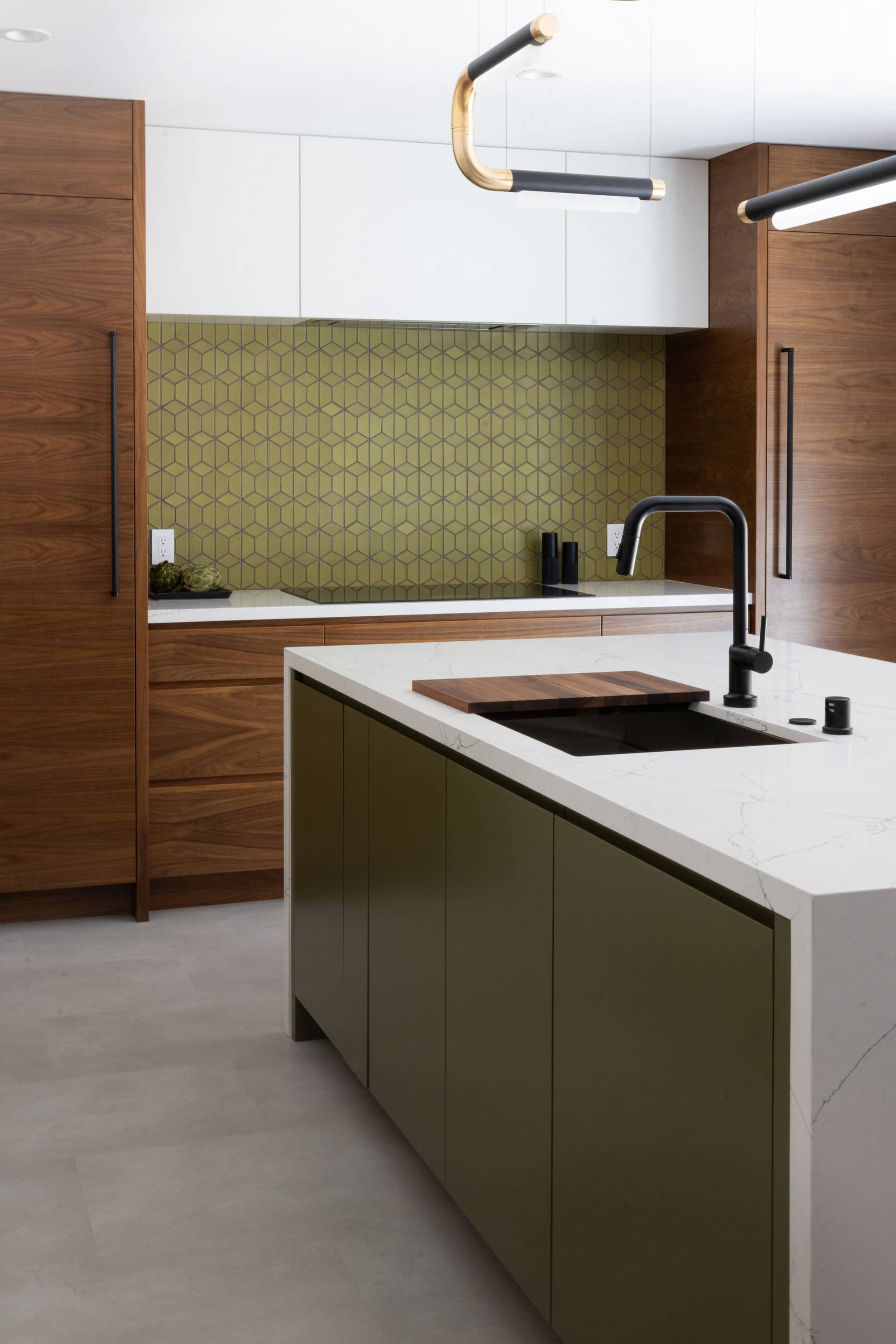Renovating a historic home is a unique challenge that requires a delicate balance between preserving the original charm and incorporating modern amenities. These homes, with their distinctive architectural details and storied pasts, offer a glimpse into another era. However, making them functional for today’s lifestyle involves thoughtful planning and a deep respect for their history. Here are key considerations for renovating a historic home while maintaining its character.
1. Understanding the Home’s History
Before starting any renovation project, it’s essential to understand the home’s history. Research the architectural style, original builders, and previous owners to gain insights into the design and construction techniques used. This knowledge can guide your renovation decisions, ensuring that changes respect the home’s original character. Historical societies, local libraries, and previous owners can be valuable resources in this discovery phase.

2. Preserving Architectural Details
One of the primary appeals of historic homes is their unique architectural details—crown molding, hardwood floors, stained glass windows, and intricate woodwork. Preserving these elements is crucial in maintaining the home’s character. If these features are in good condition, they should be restored and highlighted. In cases where they are damaged or missing, it’s possible to have replicas made by skilled artisans. Retaining these details helps preserve the authenticity of the home.

3. Incorporating Modern Amenities
While preserving historical charm is essential, so is updating the home to meet modern living standards. This often includes upgrading the electrical and plumbing systems, enhancing insulation, and installing modern HVAC systems. These updates can be done discreetly to maintain the home’s original aesthetic. For instance, modern wiring can be hidden behind walls, and ductwork can be designed to blend with the home’s architecture. The goal is to make the home comfortable and efficient without compromising its historical integrity.

4. Choosing Appropriate Materials
When renovating a historic home, the materials used can significantly impact the final result. Opt for materials that match or complement the original construction. This includes using reclaimed wood, historically accurate paint colors, and period-appropriate fixtures. Modern materials that mimic the appearance of traditional ones can also be a practical choice. The aim is to ensure any new additions blend seamlessly with the old, creating a cohesive look that respects the home’s past.

5. Functional Layout Changes
Historic homes often have layouts that don’t suit modern living. Small, closed-off rooms may need to be opened up to create a more functional space. However, it’s important to make these changes thoughtfully. Retain as much of the original layout as possible, and when walls need to be removed, consider using features like pocket doors or glass partitions that can maintain a sense of the original structure while enhancing functionality.

6. Maintaining Exterior Integrity
The exterior of a historic home is just as important as the interior. Preserving the façade is crucial in maintaining the home’s curb appeal and historical significance. This might involve restoring original siding, windows, and roofing materials. Any additions, such as decks or porches, should be designed to complement the existing architecture. Landscaping should also reflect the period style of the home, using traditional plants and garden layouts.

7. Working with Professionals
Renovating a historic home often requires specialized knowledge and skills. Working with professionals who have experience in historic preservation can be invaluable. It’s crucial to work with a team that understands the nuances of historic homes and can provide insights and expertise that ensure the renovation respects the home’s character while meeting modern standards.
Renovating a historic home is a rewarding endeavor that allows homeowners to enjoy modern comforts while preserving a piece of history. By understanding the home’s history, preserving architectural details, incorporating modern amenities discreetly, choosing appropriate materials, making thoughtful layout changes, maintaining exterior integrity, and working with experienced professionals, you can achieve a balance between old and new. To talk with the Next Stage team about a historic remodel, contact us today.


